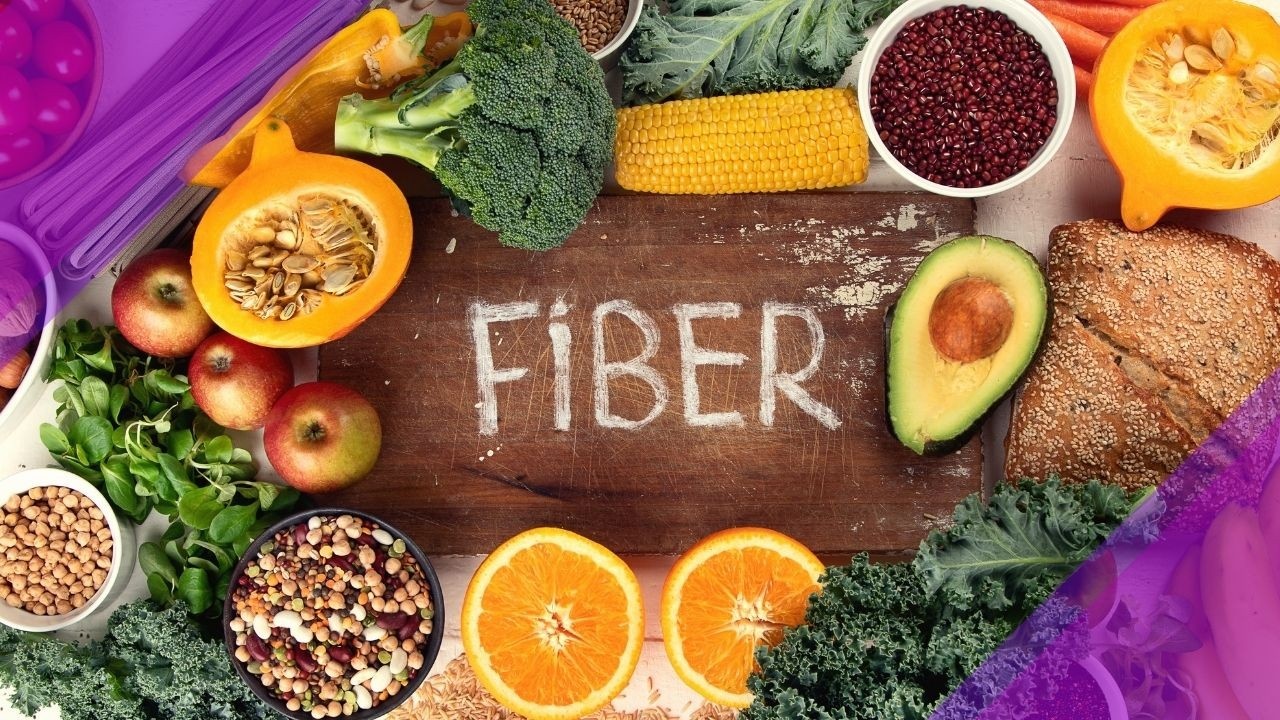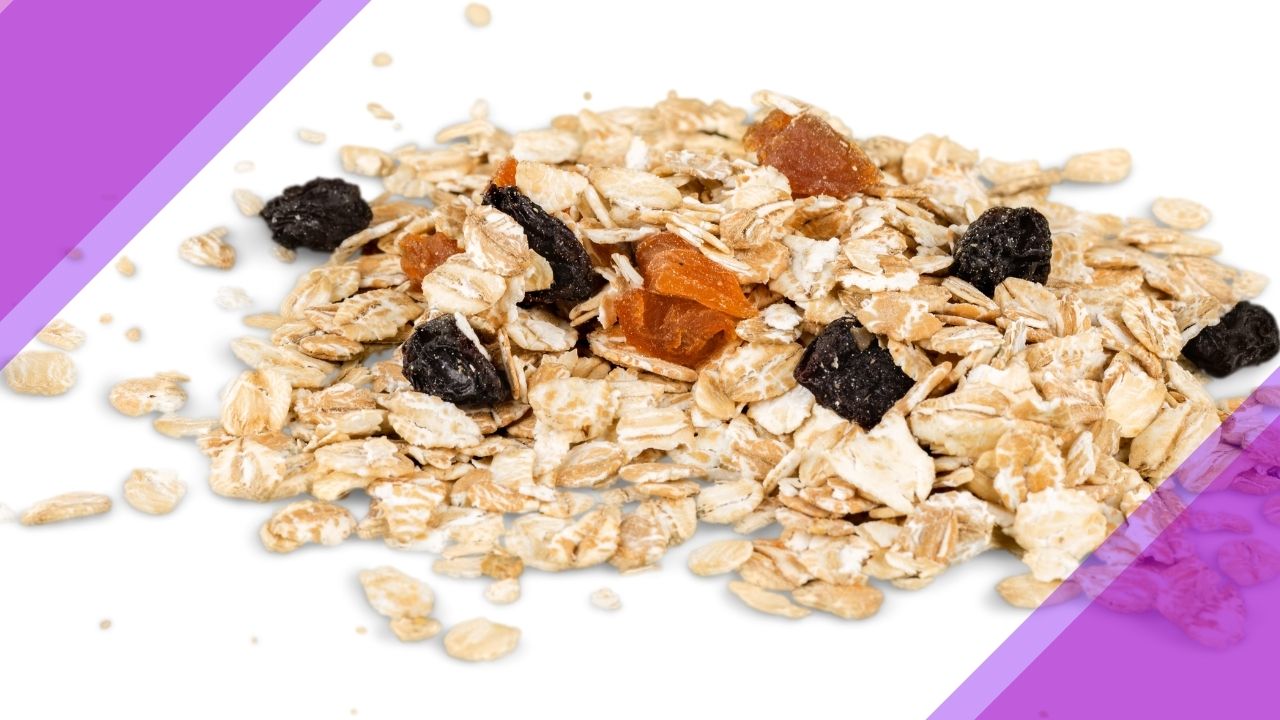
Another Reason to Eat More Carbs: Fiber
May 10, 2022Most women eat less than half the fiber they need. Menopausal women need more. The reasons why may surprise you.
By Selene Yeager
Fiber is not sexy. It rarely grabs eyeballs or generates clicks like protein, fat, or pretty much anything — pro or con — about carbs does. But if you’re a woman in the menopause transition and beyond, it’s the one part of your diet you really should be tracking.
Most women only eat an average of 13.5 grams of fiber a day. That’s about half of the dietary guidelines of 25 grams, and woefully short of the 30 grams a day some experts recommend for menopausal women.
A big reason why fiber is so essential at this time of life is for our pelvic floor health. Pelvic organ prolapse — when organs like your uterus, bladder, or rectum, drop from their normal position into or out of your vagina — affects about 50 percent of women and menopause increases the risk. One factor is constipation.
It’s very common to develop constipation during and beyond the menopause transition as estrogen and estrogen receptors in our GI tract decline, affecting the muscles in the colon. Increased stress levels can make it worse.
Straining from constipation can weaken the pelvic floor, cause prolapse to form in the vagina and make it harder to empty the rectum, setting up a vicious cycle of pushing more and making the prolapse worse and increasing the difficulty of emptying the rectum,” says urogynecologist Kathleen Connell, MD, in an upcoming episode of Hit Play Not Pause.
“Constipation is something that we are very aggressive about screening and making sure people are getting 30 grams of fiber [each day],” says Connell, who is division chief of urogynecology and reconstructive pelvic surgery at the University of Colorado School of Medicine.
Fiber helps prevent constipation. While it is technically a carbohydrate, it doesn’t break down into sugar. Rather it draws water into your stools, adds mass, and makes them easier to pass. Connell recommends tracking how much fiber you eat. Apps like MyPlate and MyFitnessPal can help, but you also can just keep track manually in your notes. “You’d be amazed that we really don’t eat [much] fiber in the American diet,” she says.
How Fiber Helps Keep Menopausal Women Healthy
Beyond pelvic floor health (which, let’s face it, is plenty), fiber helps keep you healthy during your menopausal years in a myriad other ways.
Fiber feeds your gut microbiome. The gut microbiome plays a key role in our energy metabolism as well as estrogen metabolism. Menopause alters the gut microbiome. Research suggests that these gut microbiome changes may increase fat gain, lower metabolism, and increase insulin resistance during the menopausal years. Fiber feeds your gut microbiome. Though more research is needed, the high amount of fiber associated with a plant-based diet may be one of the reasons women who eat more plants have less severe menopause symptoms.
Fiber protects your heart. Menopause can compound traditional heart disease risk factors like abnormal lipid levels. Eating more fiber can help lower your cholesterol levels.
Fiber helps with blood sugar management. As our sex hormones decline, our cells can become more resistant to insulin, making it harder to manage blood sugar. The fluctuations of our hormones during perimenopause can also lead to glucose spikes and crashes. Fiber helps reduce spikes and helps keep your blood sugar stable.
Fiber may help relieve hot flashes. Blood sugar fluctuations may make hot flashes worse, according to research. By keeping your blood sugar levels stable and feeding your gut microbiome, fiber may help reduce hot flashes.
How to Get More Fiber
The easiest way to get more fiber — as well as a boatload of vitamins, minerals, and phytonutrients — is to eat more plant foods like vegetables, fruit, legumes (which are fiber powerhouses), nuts, roots, shoots, and whole grains.

Here’s an example of what 30 grams of fiber looks like, according to the mayoclinic.org:
1/2 cup of raspberries 4 grams
1 cup broccoli 5 grams
1 cup of black beans 15 grams
1-ounce almonds 3.5 grams
1 slice of rye bread 2 grams
Get Feisty 40+ in Your Inbox
We hate SPAM. We will never sell your information, for any reason or send you emails that suck!


